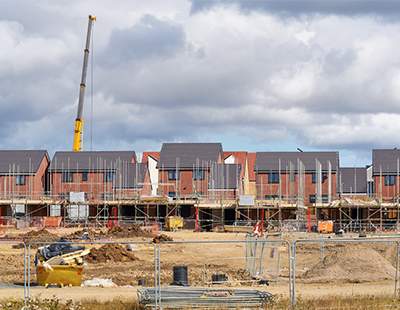
New research by property software firm APRAO shows that developer demand for land-only plots has declined by 11% on an annual basis, with just a handful of locations bucking the national trend.
APRAO analysed land-only development opportunities across England, looking at developer appetites based on the proportion of listings sold, and how this demand changes year on year.
Across England just 43% of all land-only plots have currently been sold, marking an 11% annual decline.
Bristol ranks top with 64% of all land-only plots having found a buyer. Suffolk (60%), Bedfordshire (58%), East Sussex (56%) and Leicestershire (56%) are also home to above-average demand, as are Cheshire (54%), Northamptonshire (54%), Dorset (54%), North Yorkshire (53%) and Essex (53%).
However, with the exception of Bristol, all of the top 10 have seen a decline in demand on an annual basis, as have a further 31 counties.
Bristol has seen the sharpest increase on an annual basis, with demand 20% higher versus this time last year. Across South Yorkshire, demand is up by 5%, while Tyne and Wear (+3%), London (+3%), Rutland (+3%), Berkshire (+2%) and Lancashire (+2%) have also seen an increase.
APRAO chief executive Daniel Norman says: “Although there are always a range of factors to consider with any development, a land only plot is often hot property as it provides a relatively blank canvas for developers to work with, whilst also lowering the costs involved in preparing the land for development.
“In a market that is notoriously under-supplied, land only plots are often in high demand, however, this demand has declined on an annual basis which demonstrates the difficult landscape the nation’s house builders are currently facing.
“With interest rates yet to come down, financial pressure has no doubt contributed to this reduction in appetites and the long-term impact is likely to be a slump in housing delivery.”




















Join the conversation
Be the first to comment (please use the comment box below)
Please login to comment